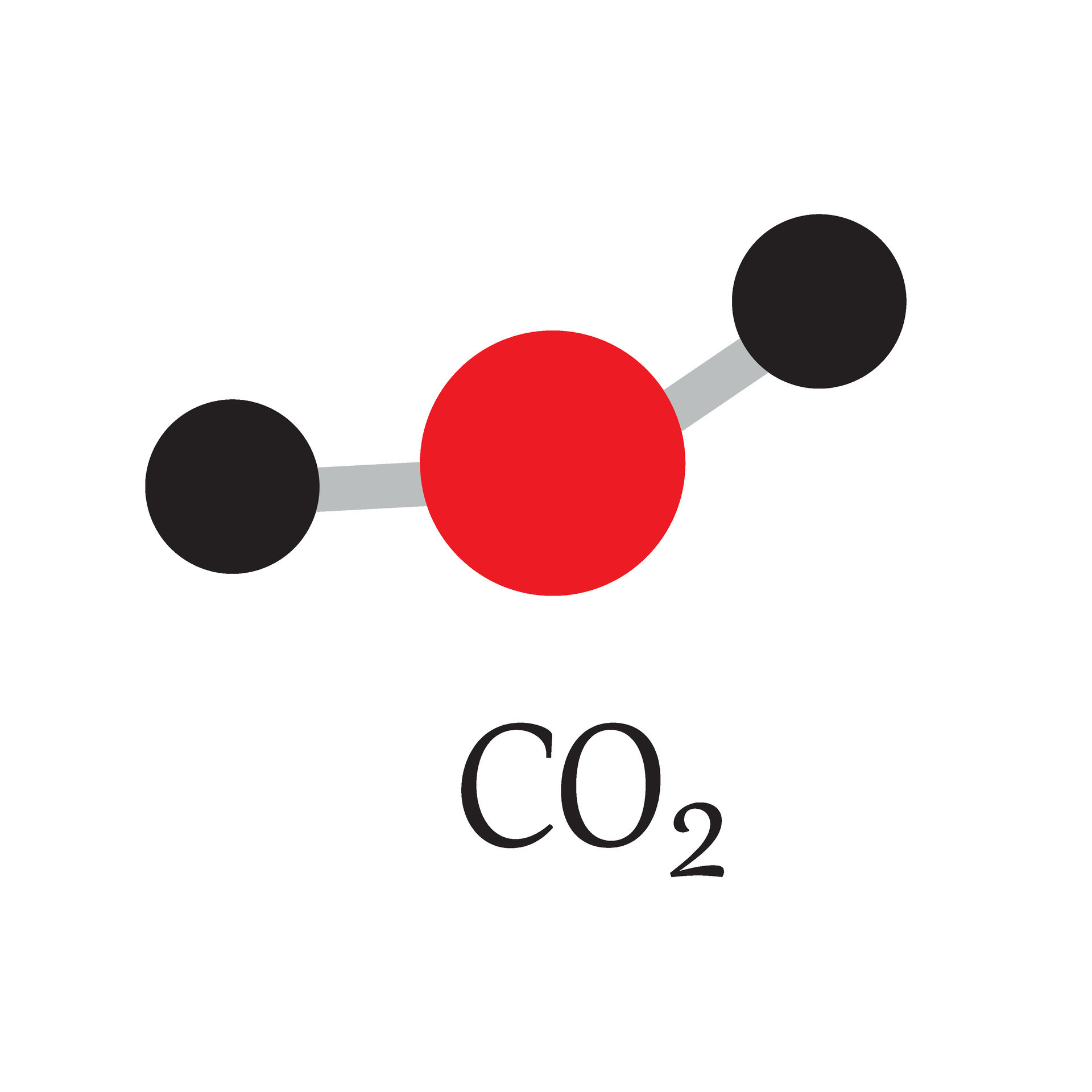Carbon dioxide (CO2) is often at the forefront of discussions surrounding climate change and environmental sustainability. However, the fascinating world of its chemical structure, particularly concerning its hybridization, often goes unnoticed. Understanding CO2 hybridization not only sheds light on its molecular characteristics but also provides essential insights into its role in atmospheric chemistry and its environmental impact.
At the molecular level, CO2 is composed of one carbon atom bonded to two oxygen atoms. This molecule is linear, exhibiting a bond angle of 180 degrees, which is indicative of its hybridization state. The hybridization of CO2 can be elucidated by examining the bonding mechanisms involved in its formation.
The valence shell electron configuration of carbon presents an intriguing aspect of its bonding capabilities. Carbon has four valence electrons in its outer shell (1s2 2s2 2p2), typically forming four covalent bonds. In the case of CO2, we observe sp hybridization. This process involves the mixing of one 2s orbital and two 2p orbitals to yield two equivalent sp hybrid orbitals. The resulting hybrid orbitals align linearly, facilitating the formation of two sigma (σ) bonds, one with each oxygen atom.
This linear arrangement is fundamental for understanding how CO2 interacts within the atmosphere. The sp hybridization allows for maximum separation between bonds, minimizing electron repulsion, thus ensuring stability in the molecular structure. Each carbon-oxygen bond in CO2 is a double bond, consisting of one sigma bond and one pi (π) bond formed by the overlap of unhybridized p orbitals. These characteristics elucidate why CO2 is such a potent greenhouse gas.
The intricate hybridization of the CO2 molecule also contributes to its reactivity. The double bonds in CO2 confer a level of stability but are also crucial for the molecule’s interactions with energy sources, particularly infrared radiation. When analyzing the vibrational modes of CO2, it can be observed that the molecule can absorb certain wavelengths of infrared light. This phenomenon is a direct result of its molecular structure and hybridization, making CO2 a significant player in the greenhouse effect.
Furthermore, understanding CO2 hybridization fosters a greater appreciation for the role it plays in broader environmental contexts. The increased concentration of CO2 due to anthropogenic activities, primarily fossil fuel combustion and deforestation, has led scientists to delve deeper into its molecular behavior. The intricate relationship between CO2 and climate change drives home the importance of grasping the nuances of its hybrid structure.
To visualize the importance of CO2 hybridization, consider a basic experiment involving the reaction between carbon and oxygen. When carbon combusts, it forms CO2, and the efficiency of this reaction hinges on the hybridization and resultant bond formation. Better understanding these chemical principles can aid in the development of cleaner energy technologies. Innovations such as carbon capture and storage (CCS) systems rely on this fundamental knowledge of CO2 to design systems that can effectively mitigate its presence in the atmosphere.
Moreover, hybridization theory does not exist in a vacuum. The concept extends into the realm of organic and inorganic chemistry, influencing how carbon-based materials are synthesized. The sp hybridization of carbon in CO2 can be paralleled to that of other carbon compounds, each exhibiting unique properties that can be harnessed in various applications—from the creation of biodegradable plastics to the advancement of energy-efficient fuel cells.
Active research continues to explore the implications of CO2 on both micro and macro levels. Not only are scientists investigating its atmospheric behavior, but they are also delving into the possibilities of utilizing CO2 to synthesize valuable products. For instance, transforming CO2 into hydrocarbons through chemical processes presents a promising strategy for carbon recycling, thereby contributing to a circular economy.
In summary, the hybridization of carbon dioxide is a multi-faceted topic that extends far beyond the classroom. It encompasses significant implications for climate science, environmental policy, and sustainable practices. As the world grapples with the repercussions of climate change, an understanding of the molecular intricacies involved in CO2 can inspire innovative solutions and shifts in perspective. Recognizing that the chemical landscape holds the keys to combating climate challenges invites curiosity and equips individuals with knowledge that is essential for informed decision-making.
The chemistry of CO2, with its sp hybridization and its specific molecular geometry, offers a profound illustration of how interconnected science and environmental stewardship are. Knowledge embodies power; thus, fostering a well-rounded understanding of CO2 hybridization can not only enhance scientific literacy but also galvanize action toward a more sustainable future.
